(13083 products available)








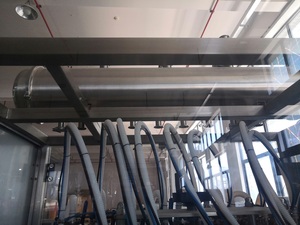












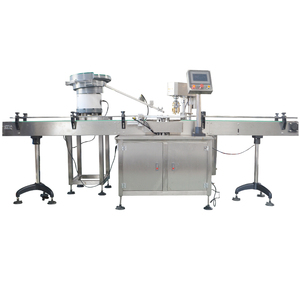

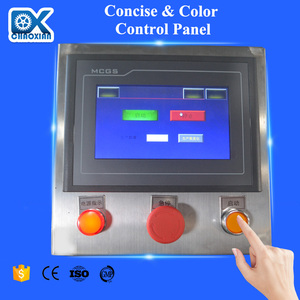
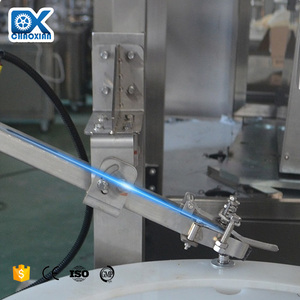

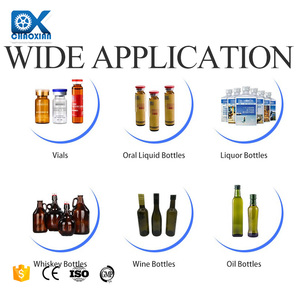
















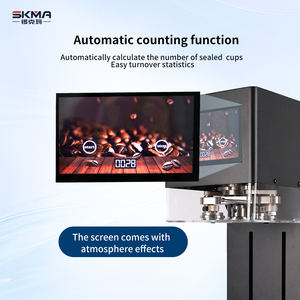
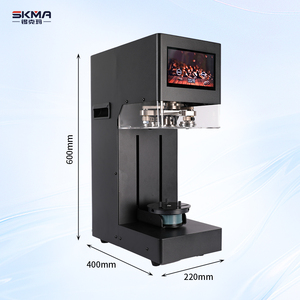






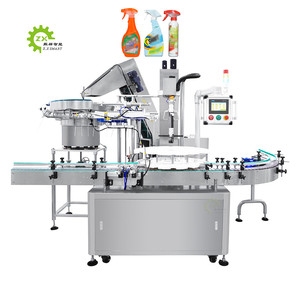









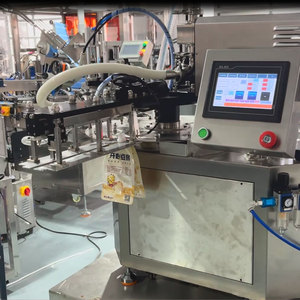


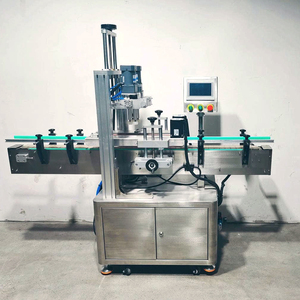

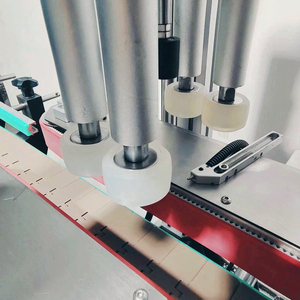
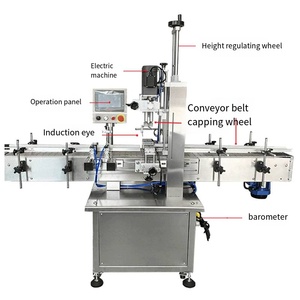



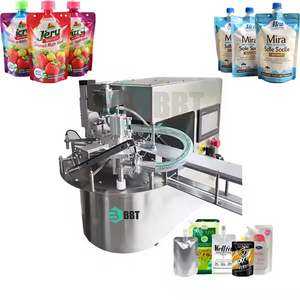



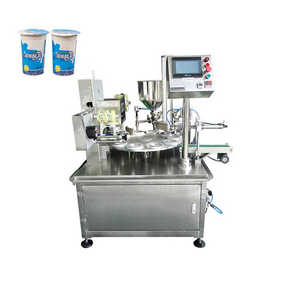

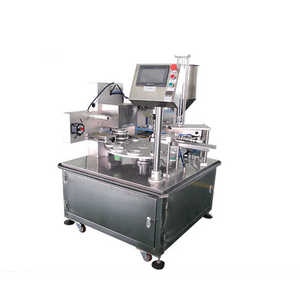
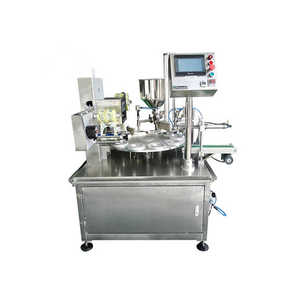










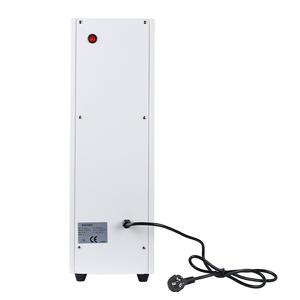





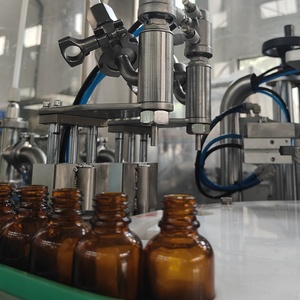
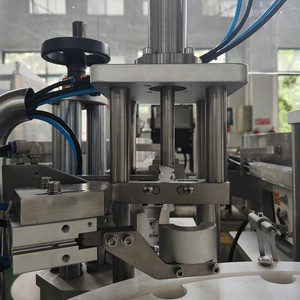










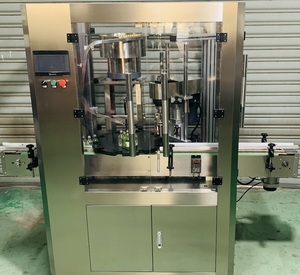

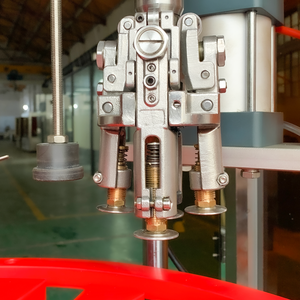




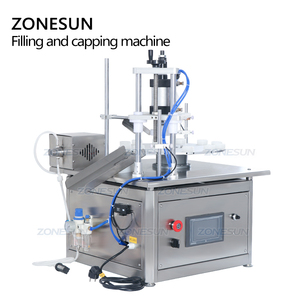
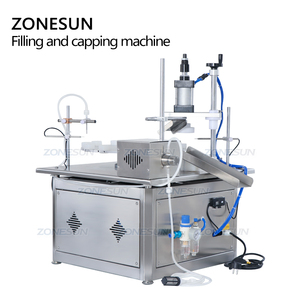


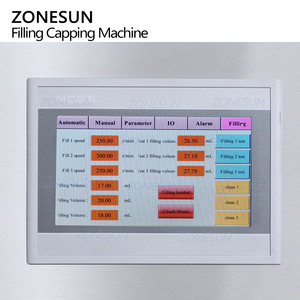






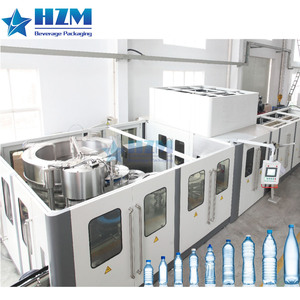




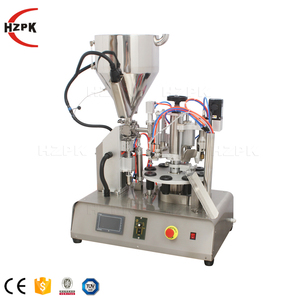














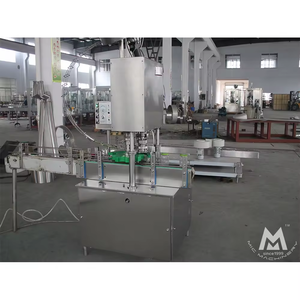

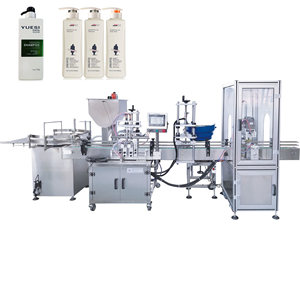

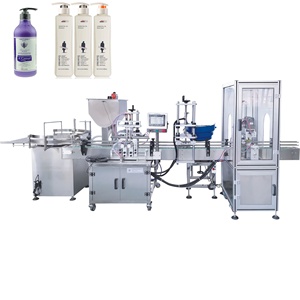



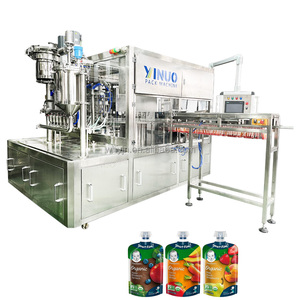
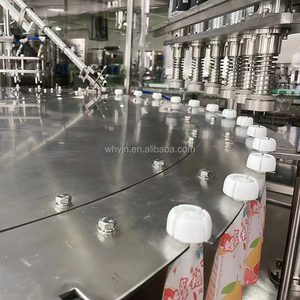












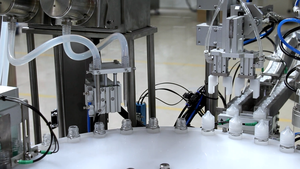




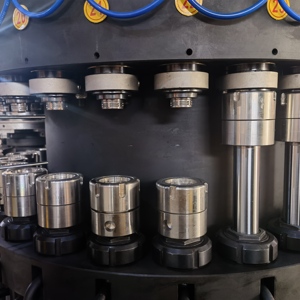



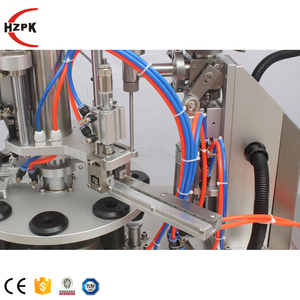


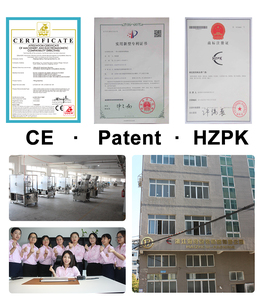

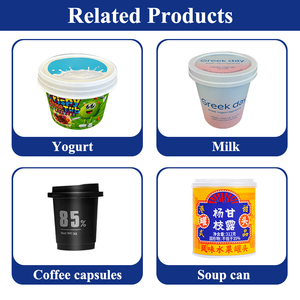
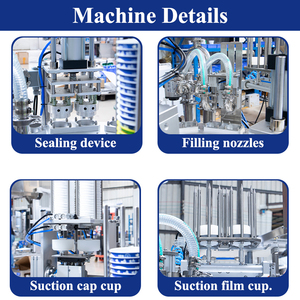





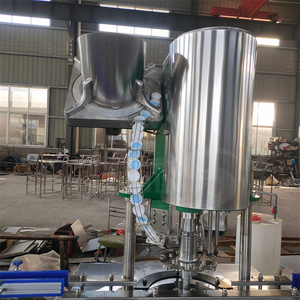



An automatic rotary capping machine tightens various types of caps on containers and bottles. However, there are different types of rotary capping machines for different shapes and styles of caps. The following are some of them:
Plastic Screw Capper
This type of rotary capping machine is used for tightening plastic screw caps. It features a set of rubber or foam wheel grip cappers that grip and tighten the caps without damaging them. They are commonly used in the food, beverage, and pharmaceutical industries.
Polymer Snap Capper
This works by applying pressure to snap-on caps using rubber or foam tightening gears. It's suitable for caps made of polymer or plastic. Many rotary capping machines for polymer snap caps have adjustable pressure settings to cater to different snap caps and containers. They are widely used in the personal care and chemical products industries.
Glass Screw Capper
Glass screw capping machines for rotary capping work similarly to plastic screw cappers. However, their wheel grips exert more pressure to ensure proper tightening of glass caps. Glass bottles and containers are commonly found in the beverage, food, and pharmaceutical industries.
Trigger Snap Capper
These machines are designed to handle trigger snap caps, commonly used for products like cleaning solutions, sauces, and marinades. They ensure that the trigger mechanism is properly engaged after capping, allowing for smooth product usability.
Narrow Mouth Capper
Narrow mouth rotary capping machines are tailored for containers with slim openings, such as those used for salad dressings, flavored waters, and marinades. The machine's precision ensures accurate cap placement, preventing spills or leaks from narrow apertures.
Oral Dropper Capper
These machines are designed to accommodate dropper caps with attached rubber bulbs, prevalent in the pharmaceutical and personal care sectors. The dropper capper rotary capping machine guarantees the accurate fitting of dropper caps onto the associated bottles, facilitating ease of use and dosage precision for consumers.
The specifications of rotary capping machines for bottles vary depending on whether the machine is designed for small businesses, medium-sized businesses, or high-capacity operations. The speed at which the machine caps bottles ranges from 30-80 bottles per minute to 6000-9000 caps per hour. Those designed for smaller businesses often have a manual feeding process, whereas bigger machines have automatic feeding with vibratory sorting to ensure caps are sorted correctly. No cap, no coding features are an important safety mechanism that all capping machines possess to ensure there is no footprint left from the product, and further inspection is not needed. Another variable in the specifications of capping machines is the space they occupy. Machines designed for small numbers of bottles will, understandably, take up less space than those that cater to industrial-scale demands. For small-scale production, machines can range in sizes from 5 to 180 inches, while industrial rotary machines are more massive and can occupy 96 inches of space.
The rotary machine’s dimensions also vary. For example, the height may be lower in some machines to facilitate easier operation. A key factor in understanding machine dimensions is the diameter; for example, the standard 24-4 capping machine dimensions are as follows: 180 x 180 x 240 cm. The machine’s diameter is 180 cm, which is more significant than others. Another dimension that becomes crucial in understanding how much space machines take is the conveyor belt length, which is 2 1/2 feet. For automatic capping machines, a dimensional understanding of electrical specifications is vital so that the machine can function optimally. Most machines that cater to industrial-scale production run on three-phase electricity ranging from 220 to 380 volts, and the power usage ranges from 0.5 to 2 kilowatt hours.
Maintaining an automatic bottle capping machine may seem daunting at first, but it is a relatively easy task. Many times, the only maintenance required is cleaning the machine. The machine can be disassembled and cleaned thoroughly, and all parts can be wiped down regularly to prevent water corrosion. For any issues, the machine may be covered by a warranty.
Automatic rotary capping machines can be found in many different industries because of their versatility. They are mainly used in the bottling industry where they are utilized to cap and seal bottles of all sorts.
In the beverage industry, an automatic rotary capping machine is used to cap a wide range of bottled drinks including, but not limited to, mineral water, soft drinks, juices, and alcoholic beverages. The machine ensures that the caps on these bottles are applied precisely and consistently, which helps maintain the freshness of the drink and the customers' peace of mind.
The food industry makes use of rotary capping machines to seal bottles of sauces, oils, dressings, and other food products. The machine provides sufficient protection to food items so that they do not spill or get contaminated. This contributes to the shelf life of the products and prevents product tampering.
Pharmaceutical companies use automatic capping machines to seal medicine bottles, including syrups, liquid medicines, and nutritional supplements. Because these bottles have to be securely capped to prevent contamination, abuse, and leakage, quality control and adherence to regulations are important when capping them. Automatically capping machines are efficient, precise, and hygienic, which makes them ideal for use in the pharmaceutical industry.
Cosmetics and personal care product manufacturers also use rotary capping machines to cap their bottles. The bottles may include items like shampoo, conditioner, shower gel, lotion, and other chemical products that require specific and consistent capping. The speed and accuracy of the machine ensures the production line runs smoothly, and the products are neatly capped.
Finally, the offshore and pipeline industries use rotary capping machines to cap equipment and containers, like lubricant and chemical bottles. The machines help with the easy and quick application of caps to limit dirt ingress, spill, or leakage, especially when goods are transported through pipes.
Choosing the most suitable capping machine for business needs is an important task. Here are some useful tips for picking the right machine:
Considering Bottle and Cap Types
Businesses should choose an automatic capping machine whose design matches the shape, size, and weight of their bottles and caps. This has to do with the fact that bottle compatibility is important for efficient capping operations.
Thinking About Production Speed
When choosing a rotary capping machine, business owners must consider the machine’s speed. This is important as it affects how quickly products are capped. The perfect capping machine has a capping speed that matches the production speed of the capping line.
Determining Changeover Requirements
Instead of large-scale production, small businesses may need to switch between different bottle shapes and sizes. They may prefer capping machines with smaller rotary star plates that are easier to change and adjust.
Evaluating Automation Levels
Consider the rotary capping machine's level of automation, which is determined by the job requirement. Some machines include features like auto bottle feeding and detection for improved efficiency, for example, conveyor integration and feeding systems.
Safety and Maintenance
Safety features, such as emergency stop buttons and safety guards, are included in many rotary capping machines. This is because the machine can pose serious safety risks. To protect machine operators, routine maintenance and cleaning procedures must be outlined. This ensures the longevity and optimal performance of the machine.
Q: How many bottles can an automatic capping machine fill?
A: The number of bottles an automatic rotary capping machine can cap per minute depends on various factors, including machine specifications, bottle sizes, and capping types. However, for reference, a machine that does 20-25 bottles per minute is considered on the lower end of production. There are higher models in the rotary capping machine that can do 100-200 caps per minute.
Q: Is an automatic capping machine included in a complete line?
A: Yes, an automatic rotary capping machine is included in some complete production lines with feeding, labeling, and packaging units. All of these units working together can produce a very high number of capped and labeled products.
Q: Do users need to train staff to operate an automatic capping machine?
A: Not usually. Because of the high levels of automation in an automatic capping machine, staff training is usually minimal. However, some basic training may be necessary for staff at the maintenance and repair parts of the machine.